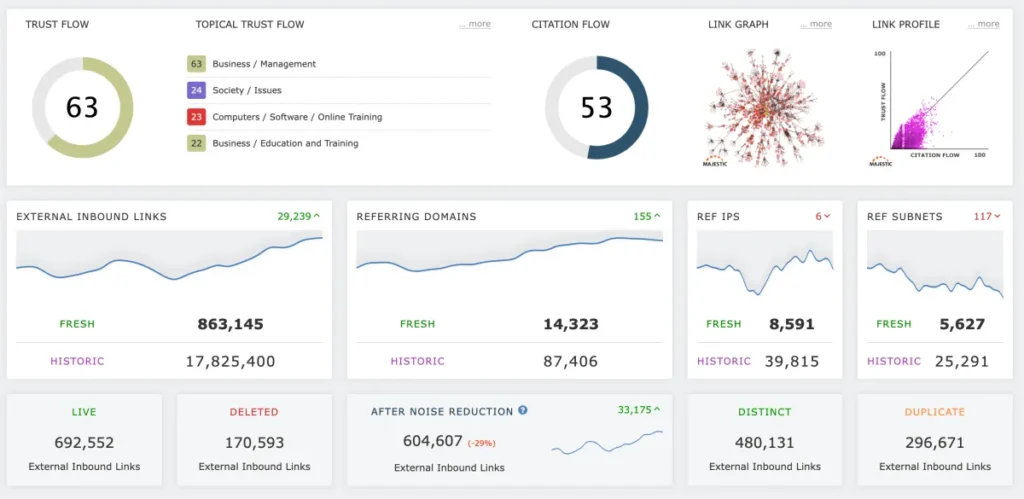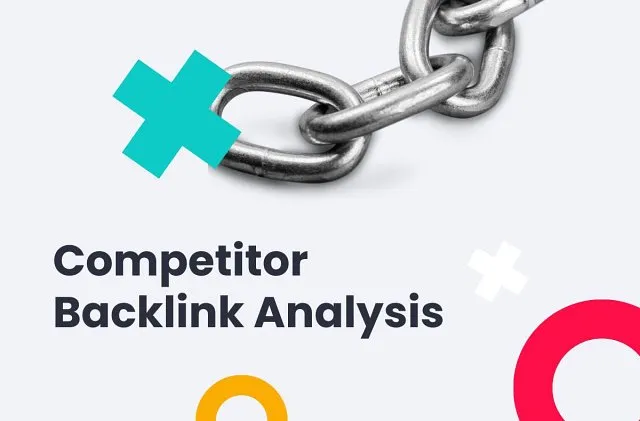In the world of SEO, backlinks are one of the most powerful ranking factors. But let’s be honest — getting new backlinks is not always easy. The real secret? Instead of blindly building links, first analyze your competitors’ backlink strategies. By performing Competitor Backlink Analysis, you can uncover exactly where your competitors are getting their links from — and then replicate or outperform them.
This guide will walk you step by step through how to perform Competitor Backlink Analysis like a professional SEO expert. Whether you are a blogger, digital marketer, or business owner, this strategy will help you skyrocket your rankings faster by borrowing the backlink blueprint of your top-performing rivals.

What is Competitor Backlink Analysis?
Competitor Backlink Analysis is the process of identifying and studying the backlinks of your competing websites to understand how they are ranking in search results. Instead of guessing where to get links, you simply analyze your competitors’ backlink profiles using tools like Ahrefs, SEMrush, Moz, or Ubersuggest — and then use the same sources to build your own links.
Why Competitor Backlink Analysis is Important for SEO
- Saves Time: Instead of finding backlink opportunities from scratch, you directly target proven link sources.
- Reveals High-Quality Sites: If your competitor already has a backlink from a website, chances are it’s safe and authoritative.
- Exposes Content Strategy: You can see what type of content (guest posts, infographics, guides) earns the most links.
- Helps You Outrank Them Faster: By building better or equal links, you can steal their rankings.
Step 1: Identify Your Real SEO Competitors
Before starting Competitor Backlink Analysis, you must identify who your true competitors are. These are not necessarily your business competitors — they are the websites ranking above you in Google for your target keyword.
How to Find Your SEO Competitors
- Go to Google and type your main keyword.
- List the top 5 websites ranking on the first page.
- These are your competitor list.
Alternatively, tools like Ahrefs → Site Explorer → Organic Competitors can automatically show you who is competing with you for similar keywords.
Step 2: Use Backlink Checker Tools to Scan Competitor Links
To pull backlink data, use one of the following powerful SEO tools:
| Tool | Best For | Access |
|---|---|---|
| Ahrefs | Most accurate backlink data | Paid |
| SEMrush | All-in-one SEO + keyword tool | Paid |
| Moz Link Explorer | Beginner backlink audit | Free + Paid |
| Ubersuggest | Affordable backlink insights | Free + Paid |
Just enter your competitor’s domain, and the tool will show:
- Total number of backlinks
- Referring domains
- Anchor texts
- Page types (blogs, news, forums, directories)

Step 3: Filter High-Quality Backlinks
Not all backlinks are useful. Avoid spammy, irrelevant, or low-authority links.
Focus on:
High Domain Authority (DA / DR) websites
Relevant niche sites
Editorial links (blogs, news sites, resource pages)
Do-follow links
Skip:
Spammy forums
Comment junk links
Irrelevant foreign websites
Step 4: Categorize Competitor Backlinks by Type
Understanding what type of backlinks your competitors built helps you copy their strategy.
| Link Type | Example | How to Get It |
|---|---|---|
| Guest Posts | “Write for us” blogs | Pitch similar websites |
| Resource Page Links | “Top tools list” pages | Request inclusion |
| Business Directories | Local listings | Submit your site |
| Mentions / PR Links | News mentions | Outreach to journalists |
By grouping backlinks, you get a clear backlink roadmap.
Step 5: Replicate & Outperform Their Backlinks
Now comes the execution! Use the Competitor Backlink Analysis roadmap to build the same or better links.
If they got guest posts, pitch the same sites.
If they appeared in roundup posts, request inclusion.
If they got resource page links, send a polite email to get listed.
If they were featured in interviews or podcasts, offer yourself too.
Step 6: Track Your Progress
As you build links based on Competitor Backlink Analysis, track:
- Your Domain Authority (DA / DR)
- Keyword rankings
- Organic traffic growth
Use tools like Google Search Console + Ahrefs Rank Tracker to monitor performance.

Step 7: Keep Analyzing Regularly
Competitors don’t stop building links — so your backlink tracking should also continue. Perform Competitor Backlink Analysis monthly to stay ahead.
Final Thoughts: Competitor Backlink Analysis is Your SEO Shortcut
Instead of reinventing the wheel, just follow what’s already working. That’s the powerful magic of Competitor Backlink Analysis. You don’t need thousands of backlinks — you just need the right links that helped others rank.








